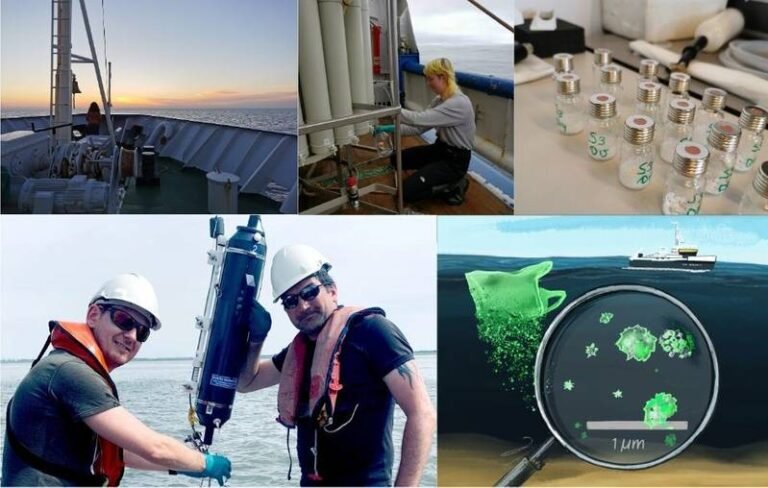The Shocking Amount of Nanoplastics Floating in the North Atlantic Ocean
A recent study conducted by the Royal Netherlands Institute for Sea Research (NIOZ) and Utrecht University has revealed a startling discovery – there are an estimated 27 million tons of plastic particles smaller than 1 micrometer floating in the North Atlantic Ocean. The results of this research were published in the prestigious scientific journal Nature on July 9, 2025.
The Research Process
During the study, Utrecht master student Sophie ten Hietbrink spent four weeks aboard the research vessel RV Pelagia, traveling from the Azores to the continental shelf of Europe. At 12 different locations, she collected water samples and filtered out particles larger than one micrometer. The remaining material was then dried and heated in the Utrecht laboratory, allowing the researchers to identify characteristic plastic molecules using mass spectrometry.
The Impact of Nanoplastics
This groundbreaking research provides the first estimate of the amount of nanoplastics present in the world’s oceans. The researchers extrapolated their findings from various locations in the North Atlantic to estimate the total amount of nanoplastics at a staggering 27 million tons. This revelation sheds light on the concerning reality of plastic pollution in our oceans.
Nanoplastics enter the water through a variety of sources, including the breakdown of larger plastic particles due to sunlight exposure, runoff from rivers, and even deposition from the air. The ubiquity of nanoplastics in the oceans raises significant concerns about their impact on marine ecosystems and human health.
The Future of Nanoplastic Research
Dr. Helge Niemann, a researcher at NIOZ and professor of geochemistry at Utrecht University, has received funding for further research on nanoplastics in the sea. He emphasizes the need to understand how nanoplastics affect the entire marine ecosystem, from microorganisms to top predators like humans.
Future research will focus on identifying different types of plastics that may not have been detected in the current study, as well as exploring the presence of nanoplastics in other oceanic regions. The ultimate goal is to prevent further pollution of our environment with plastics and mitigate the potential consequences of nanoplastic contamination.
Conclusion
The revelation of 27 million tons of nanoplastics in the North Atlantic Ocean serves as a stark reminder of the urgent need to address plastic pollution. While the presence of nanoplastics in our oceans may be irreversible, taking proactive measures to reduce plastic waste and prevent further contamination is crucial for the health of our planet and all its inhabitants.

